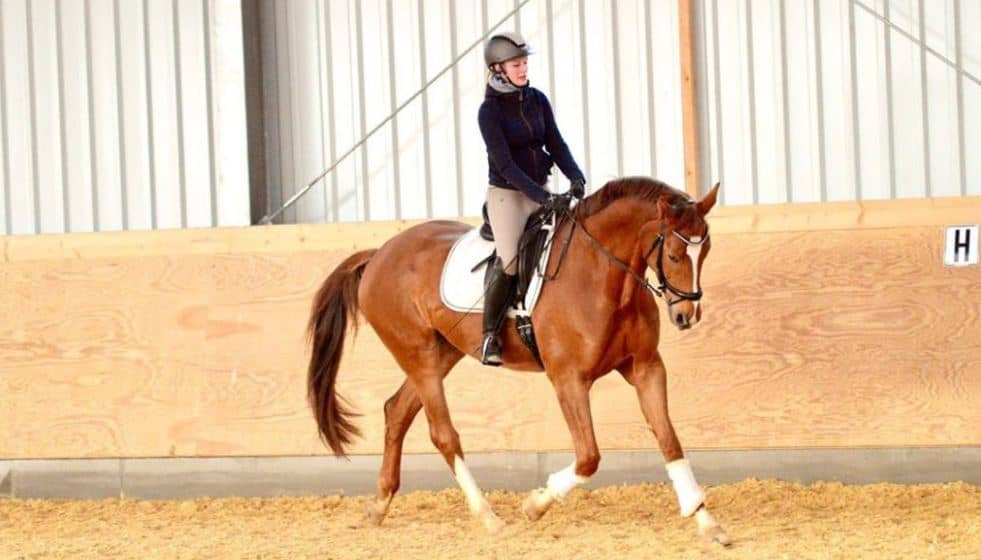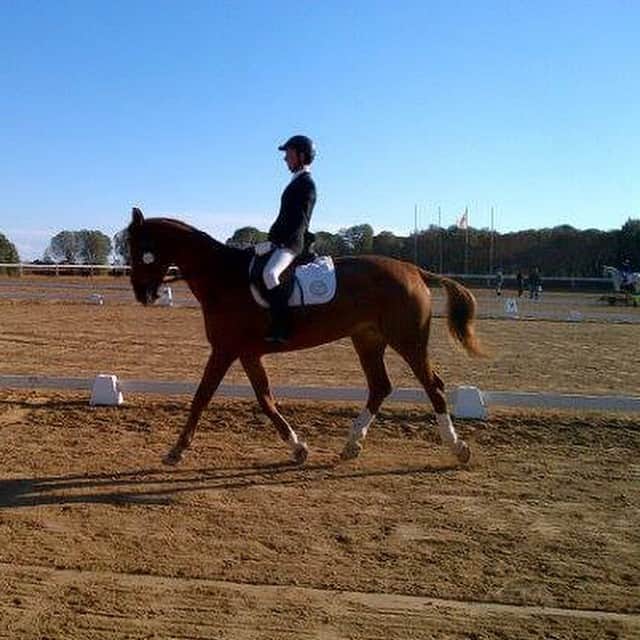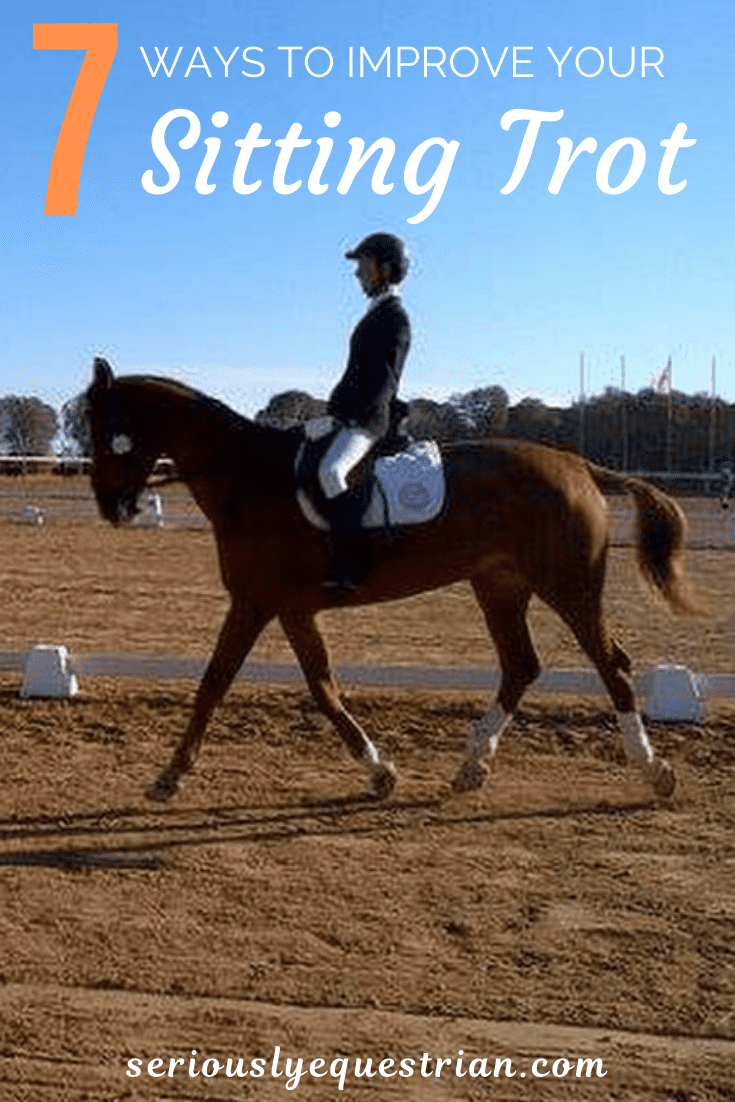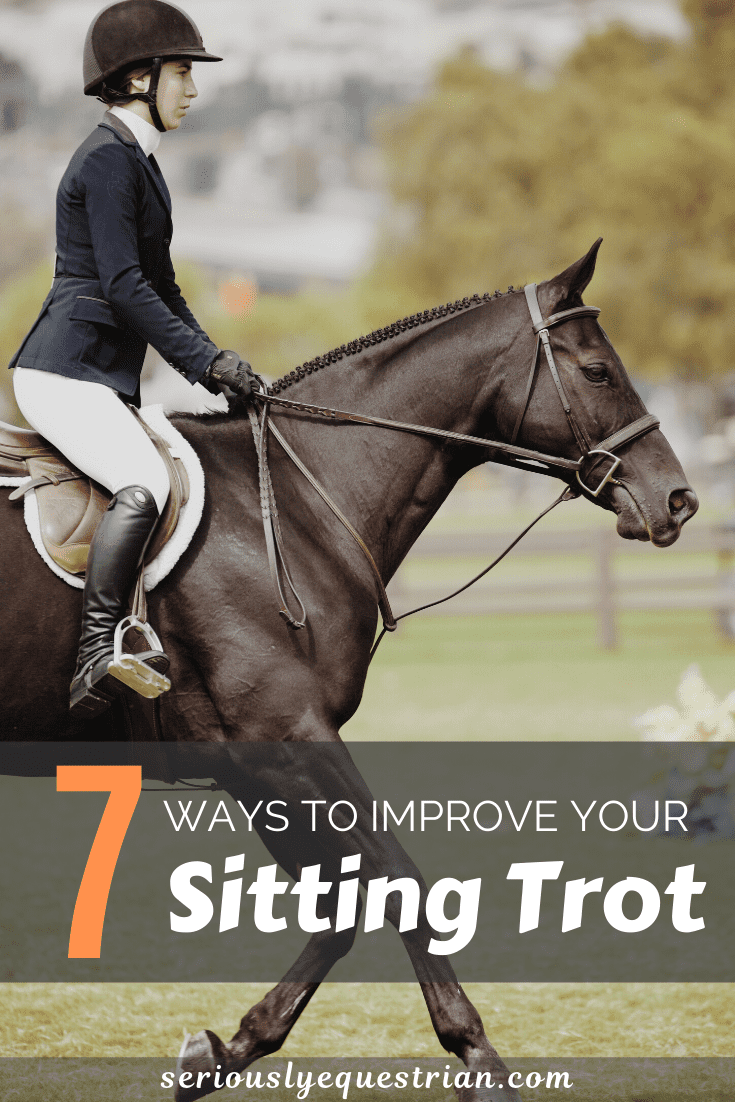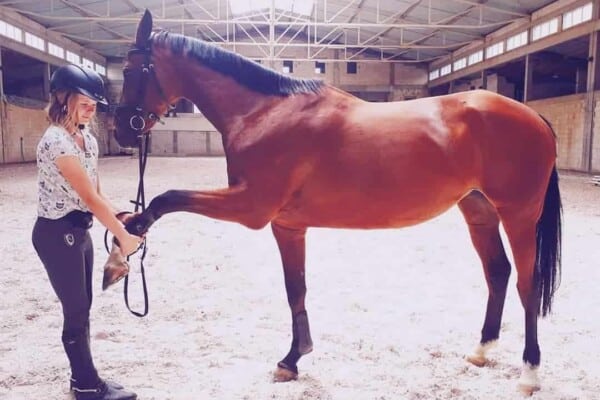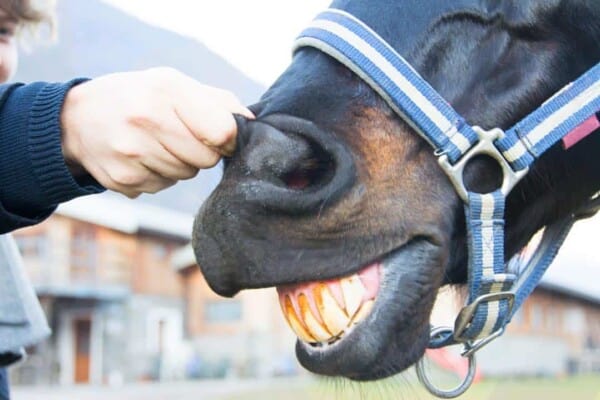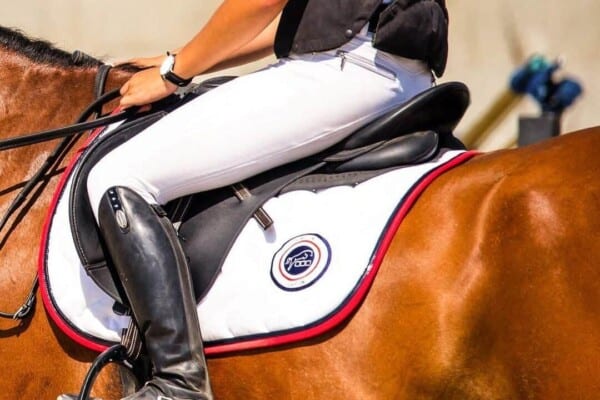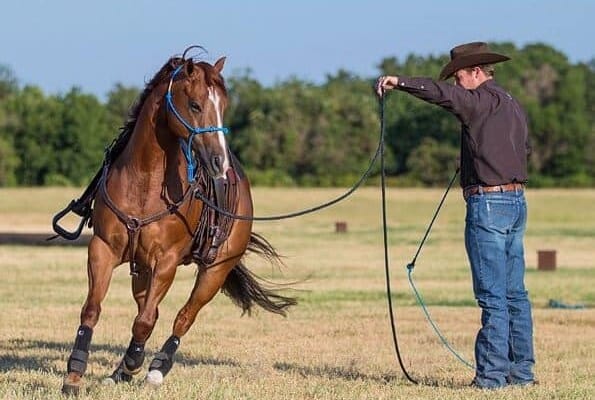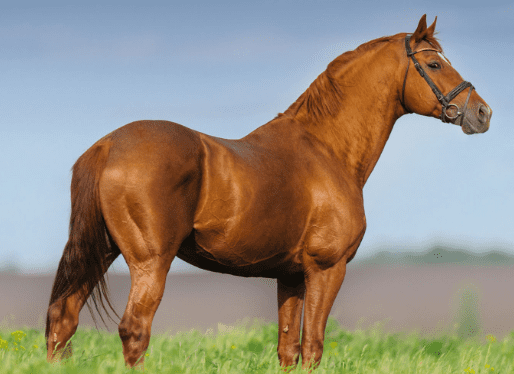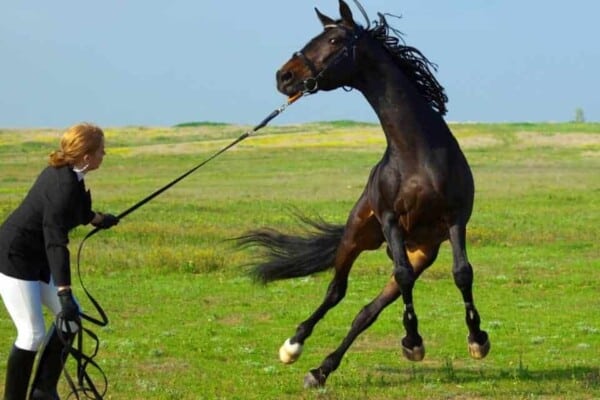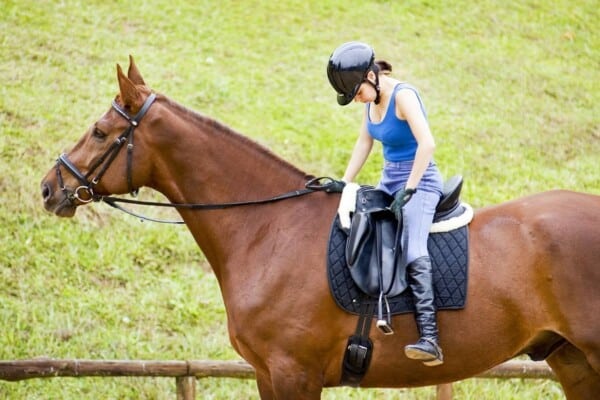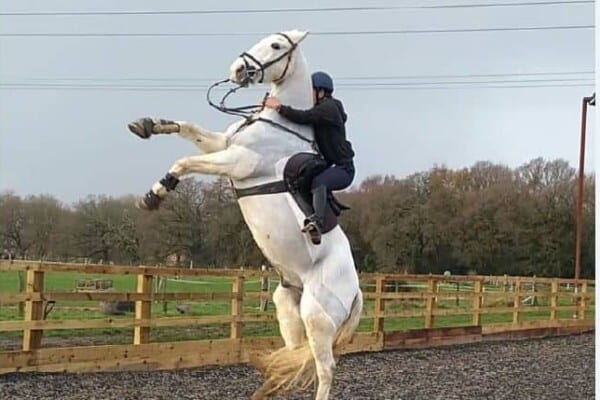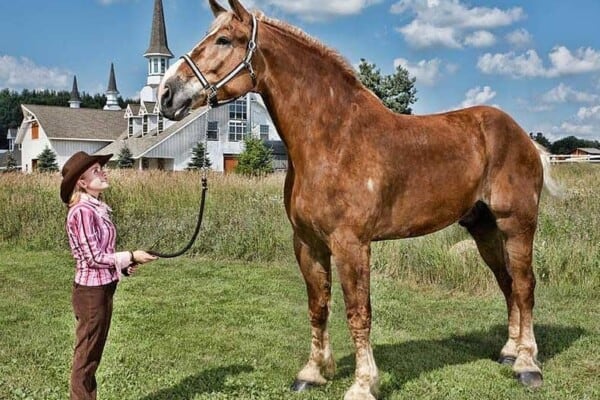Sitting trot is not without its challenges but is an important part of rider development and education plus a prerequisite in dressage once you reach a certain competitive level. More advanced movements like shoulder in and half pass can only really be executed in sitting trot and the rider needs to be well established and confident in their sitting trot in order to train for these.
Irrespective of the more advanced dressage movements, good sitting trot is something to aspire to as it indicates a rider moving in balance with their horse, showing an independent yet secure seat and with complete freedom of the arm and hand to create a light, contact with the horse’s mouth. A rider who sits well to the trot will also sit well in canter and be able to manage the hardest and most telling of all the transitions which is canter down to a trot. Here are some tips to help you perfect your sitting trot.
1. Lengthen your stirrups – shorter stirrups make it much harder to sit to the trot and in fact, the purists among trainers will tell you that you cannot sit to the trot with a short stirrup length as your lower leg is deliberately placed in a more forward location and is not underneath the rider’s body. Don’t make the mistake however of being overly ambitious and putting your stirrups down too much as this will only cause you to lose balance and tip forward
2. Don’t grip up – it is almost instinctive to grip on with the leg once the rider feels they are starting to lose balance. This creates the effect of a cork coming out of a wine bottle and will only serve to push the rider up above the horse’s back. The rider’s leg needs to remain loose with the hip soft and open allowing the lower back and spine to absorb the ripple of the horse’s movement through the gait
3. Ride without stirrups – one of the best ways to learn to sit more deeply and which also helps develop sitting trot is to ride without stirrups. Always allow the lower leg to be totally relaxed and don’t make the classic error of holding the leg in the riding position with the toe uppermost. All this serves to do is tighten the knee and close the hip, the very joint you are seeking to open to help you absorb the movement of the horse. This may mean your toe hangs lower than your heel but this is consistent with the absence of the stirrup iron on which the foot would normally rest
4. Trot more slowly – when riding without stirrups or practicing sitting trot with stirrups, it is really important to trot at a speed you can sit on. There is little point speeding around out of balance and this does nothing for the horse’s back either. Whilst the trot may not be as forward as you would normally ride, it is acceptable to slow the trot down to something you can sit on
5. Have a lunge lesson – a lunge lesson will allow you the total luxury of being able to concentrate on your balance and position without having to worry about the horse. You can practice using your back by isolating the feeling through the regular two-time rhythm of the horse’s trot. Lunge lessons help riders to understand the particular feel of something by separating them away from all the other things they have to contend with. It can be good to focus on yourself for a while to help develop technique and understanding. You can ride without both reins and stirrups on the lunge using a loop in the knotted reins and a hand on the front of the saddle to help with any balance issues. Working free without stirrups is a valuable exercise but for those who find their balance is just too challenged, they can end up just hanging onto the reins instead which will do nothing to develop your sitting trot. A lunge lesson allows the instructor to keep the horse in a slower trot and lets the rider forget about the reins and the stirrups and just concentrate on their position
6. Buy a dressage saddle – it can be very hard to sit to the trot correctly in a jumping saddle both of which take the rider’s leg forward due to their design. A dressage saddle is cut completely differently and many riders feel more secure and anchored in these for the demands of dressage and equitation. The saddle encourages you to ride with a longer leg and the stirrup bars are set further back to promote this position
7. Practice on an easier horse – most training centers have particular horses they use for lunge lessons because they are reliable and quiet and have steady, comfortable gaits. This is one option or try riding horses who may be easier to sit to than your own. A green, inexperienced horse that doesn’t work in a secure frame will be hard to sit to and you may end up making his back sore if he inverts away from the rider. Equally, some of the big moving warm bloods are very challenging and bouncy so if your horse doesn’t help you out then try and have some lessons on something easier with a daisy-cutter action
Learning to sit well to the trot takes work in the same way that shortening your stirrups and riding effectively at jump length is also a distinct discipline and technique that has to be mastered over time. Don’t attempt sitting trot too soon as it requires a degree of balance and establishment from the rider; if you are out of balance and still struggling, sitting trot will just make your life as well as your horse’s more difficult. Try and learn on a horse that is rhythmical and comfortable and carries himself in a correct frame as this is far easier for the rider.

